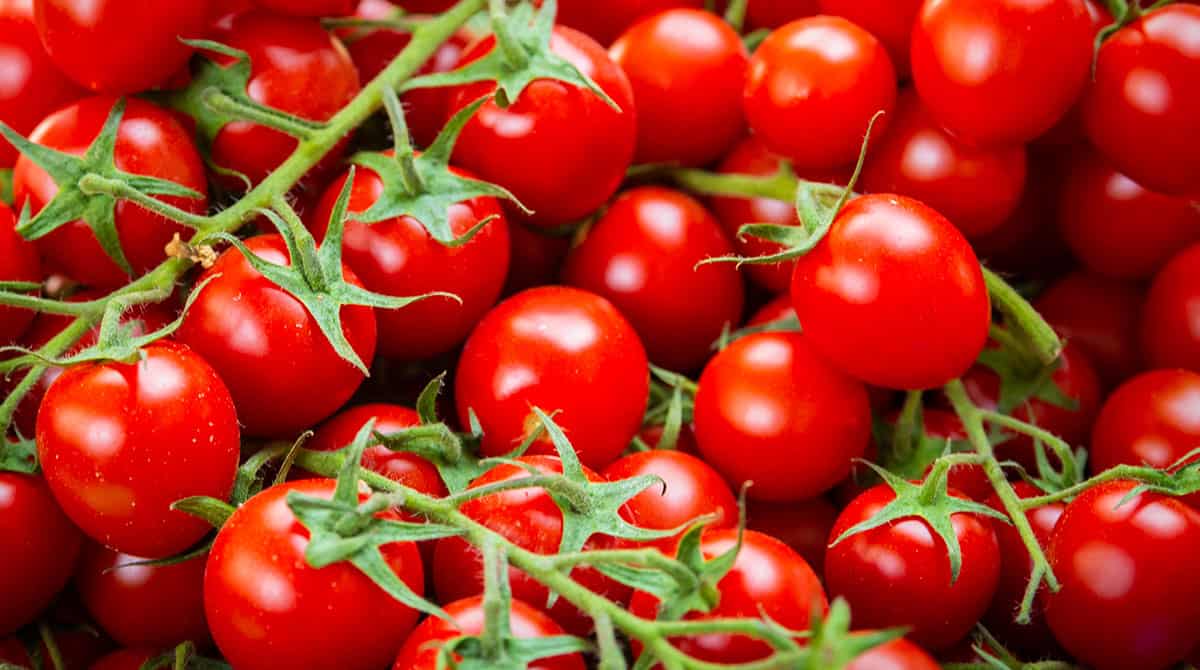

Articles
How To Store Fresh Cherry Tomatoes
Modified: December 7, 2023
Learn the best methods for storing fresh cherry tomatoes to keep them fresh and flavorful for longer. Read our informative articles now!
(Many of the links in this article redirect to a specific reviewed product. Your purchase of these products through affiliate links helps to generate commission for Storables.com, at no extra cost. Learn more)
Introduction
Welcome to the world of fresh cherry tomatoes! These small, vibrant fruits are bursting with flavor and are a delightful addition to any dish. Whether you have a bountiful harvest from your own garden or purchased them from the local farmer’s market, it’s essential to know how to store them properly to ensure their freshness and taste.
When it comes to storing fresh cherry tomatoes, there are a few key factors to consider. The right container and storage method can make a significant difference in preserving their flavor and texture. In this article, we’ll explore the different options for storing cherry tomatoes and provide you with useful tips to keep them fresh for as long as possible.
So, let’s dive in and learn how to store fresh cherry tomatoes!
Key Takeaways:
- Properly storing fresh cherry tomatoes is crucial for preserving their flavor and texture. Choosing the right container, preparing them correctly, and selecting the appropriate storage method are key to maximizing their longevity.
- Whether refrigerating, freezing, or using them in recipes, stored cherry tomatoes offer endless culinary possibilities. Embrace their vibrant flavors and explore creative ways to incorporate them into your favorite dishes for added freshness and flavor.
Read more: How To Store Cherry Tomatoes Long Term
Choosing the Right Container
When it comes to storing cherry tomatoes, choosing the right container is crucial to maintain their freshness and prevent premature spoilage. Here are some types of containers that are commonly used for storing cherry tomatoes:
- Plastic Containers: Plastic containers with lids are a popular choice for storing cherry tomatoes. Look for containers that are BPA-free and have a tight-fitting lid to keep air out and moisture in. Opt for containers that are transparent, as it allows you to easily see the contents.
- Glass Jars: Glass jars with airtight lids are another excellent option for storing cherry tomatoes. They are durable, non-toxic, and do not retain odors like plastic containers. Make sure to choose jars that have a wide opening for easy access and cleaning.
- Paper Bags: If you prefer a more environmentally friendly option, you can store cherry tomatoes in paper bags. The bags allow for air circulation, preventing the tomatoes from becoming overly moist. However, be mindful that paper bags are not as airtight as plastic or glass containers.
When selecting a container for storing cherry tomatoes, there are a few factors to consider:
- Size: Choose a container that is the right size for the amount of cherry tomatoes you have. Avoid overcrowding the container, as it can lead to bruising and spoilage.
- Airtightness: It is crucial to select a container that provides an airtight seal. This helps to prevent air and moisture from entering the container, which can cause the tomatoes to spoil quickly.
- Transparency: Opt for a transparent container, if possible. Being able to see the contents of the container without opening it allows you to quickly assess the freshness of the tomatoes.
- Durability: Choose a container that is made of sturdy and durable material. This ensures that the container will not break or warp, preserving the quality of the cherry tomatoes.
By considering these factors and selecting the right container, you can ensure that your cherry tomatoes stay fresh and delicious for an extended period.
Preparing the Tomatoes
Before storing your cherry tomatoes, it’s important to handle them properly to maximize their freshness and prolong their shelf life. Here are the steps to follow for preparing your tomatoes:
Harvesting Ripe Cherry Tomatoes: To enjoy the best flavor and quality, it’s essential to harvest cherry tomatoes when they are fully ripe. Look for tomatoes that are plump, firm, and have a vibrant color. Gently twist the tomato off the vine, making sure not to damage the stem or the surrounding fruit. Avoid picking tomatoes that are under-ripe or overripe, as they may not store well and can impact the overall taste.
Cleaning and Drying the Tomatoes Properly: Once you have harvested your cherry tomatoes, it’s crucial to clean them thoroughly before storage. Start by rinsing the tomatoes under cool running water to remove any dirt or debris. Gently rub the tomatoes with your fingers to ensure a thorough cleaning. Avoid using any soaps or detergents, as they can leave residues on the tomatoes and affect their flavor.
After rinsing, lay the tomatoes on a clean kitchen towel or paper towel to dry. Pat them gently to remove excess moisture. It’s important to ensure that the tomatoes are completely dry before storing them, as moisture can promote the growth of mold and cause the tomatoes to spoil quickly.
By following these steps, you can ensure that your cherry tomatoes are clean, dry, and ready for storage.
Storage Options
Once your cherry tomatoes are properly prepared, it’s time to choose the best storage option based on your needs and preferences. Here are three common methods for storing cherry tomatoes:
Storing Cherry Tomatoes at Room Temperature: If you plan to use your cherry tomatoes within a few days, storing them at room temperature is a suitable option. Place the tomatoes in a single layer in a shallow bowl or on a countertop. Make sure to keep them away from direct sunlight or heat sources, as this can cause them to ripen too quickly. Check the tomatoes regularly for any signs of overripeness or spoilage, and consume them promptly.
Refrigerating Cherry Tomatoes: If you want to extend the shelf life of your cherry tomatoes, refrigeration is recommended. Place the tomatoes in a perforated plastic bag or a breathable container and store them in the refrigerator’s crisper drawer. The temperature inside the refrigerator helps to slow down the ripening process and maintain the tomatoes’ freshness. However, be aware that refrigeration can affect the texture of the tomatoes, making them slightly softer.
Freezing Cherry Tomatoes: Freezing cherry tomatoes is an excellent option if you have a surplus and want to preserve them for later use. Start by washing and drying the tomatoes thoroughly. Remove the stems and cut the tomatoes in half or leave them whole, depending on your preference. Place the tomatoes in a freezer-safe container or a zip-top bag and remove as much air as possible before sealing. Label the container with the date and place it in the freezer. Frozen cherry tomatoes can be used in soups, sauces, or cooked dishes, but they may lose their texture when thawed, so they are not ideal for fresh consumption.
Regardless of the storage method you choose, it’s essential to check your cherry tomatoes regularly and remove any spoiled or overly ripe ones to prevent them from affecting the rest of the batch.
Now that you know the different storage options, you can select the one that suits your needs and enjoy your cherry tomatoes for an extended period!
Store fresh cherry tomatoes at room temperature, away from direct sunlight. Keep them in a single layer to prevent bruising and use within a few days for the best flavor and texture.
Best Practices for Long-Term Storage
To ensure the long-term freshness of your cherry tomatoes, it’s important to follow certain best practices and take steps to prevent spoilage and rot. Here are some tips to help you maintain the quality of your stored cherry tomatoes:
Keep Them Dry: Moisture is the enemy when it comes to storing cherry tomatoes. Excess moisture can promote mold growth and cause the tomatoes to spoil quickly. Make sure the tomatoes are dry before storing them and avoid washing them unless necessary. If you notice any moisture buildup in the storage container, gently pat the tomatoes dry before returning them.
Avoid Direct Sunlight: Exposure to direct sunlight can cause cherry tomatoes to ripen too quickly and become overripe. Store your tomatoes in a cool, dark place away from direct sunlight to maintain their freshness and slow down the ripening process. This will help to extend their shelf life.
Check and Rotate: Regularly check the condition of your stored cherry tomatoes. Remove any tomatoes that show signs of spoilage, such as mold or soft spots. Additionally, gently rotate the tomatoes within their storage container to ensure even air circulation and prevent any bruising.
Separate Ripening and Ripe Tomatoes: It’s essential to separate ripening tomatoes from fully ripe ones. Ripening tomatoes release a natural gas called ethylene, which can speed up the ripening process of nearby tomatoes. To prevent premature spoilage, store tomatoes of different ripeness levels in separate containers or compartments.
Don’t Refrigerate Overripe Tomatoes: If you have any overripe cherry tomatoes, it’s best not to refrigerate them. Refrigeration can make them become mushy and affect their flavor. Instead, use overripe tomatoes immediately or consider freezing them for future use in sauces or soups.
Consider Tomato Variety: Different cherry tomato varieties have varying shelf lives. Some varieties are more delicate and prone to spoilage, while others are hardier and can last longer. Consider the characteristics of the tomato variety you are storing and adjust your storage practices accordingly.
By following these best practices, you can maintain the freshness of your cherry tomatoes and enjoy their delicious taste for an extended period. With proper storage and care, your stored tomatoes will be ready to be incorporated into your favorite recipes whenever you need them!
Read more: How To Plant Cherry Tomato Seeds
Using Stored Cherry Tomatoes
Once you have stored your cherry tomatoes using the appropriate method, there may come a time when you want to use them. Here are two common scenarios for using stored cherry tomatoes and how to make the most of them:
Thawing Frozen Cherry Tomatoes: If you have frozen cherry tomatoes and want to use them, it’s important to thaw them properly. The best way to thaw frozen cherry tomatoes is to transfer them from the freezer to the refrigerator and let them thaw slowly overnight. This gradual thawing process helps to preserve the texture of the tomatoes and minimize any excess moisture. Once thawed, the tomatoes may lose some of their firmness, so they are best used in cooked dishes such as stews, sauces, or soups.
Ways to Incorporate Stored Cherry Tomatoes into Recipes: Whether you have refrigerated or thawed frozen cherry tomatoes, there are countless ways to incorporate them into your favorite recipes. Here are a few ideas to get you started:
- Salads: Fresh cherry tomatoes are a wonderful addition to salads. Slice them in half and toss them with fresh greens, cucumbers, and your favorite dressing for a refreshing and vibrant salad.
- Pasta Dishes: Whether you’re making a classic tomato-based pasta sauce or a lighter, olive oil-based pasta, cherry tomatoes add bursts of juicy sweetness. Simply halve or quarter the tomatoes and add them to your sauce or toss them with the cooked pasta.
- Bruschetta: Whip up a delicious bruschetta topping by chopping cherry tomatoes, mixing them with minced garlic, fresh basil, olive oil, and a sprinkle of salt. Serve it on toasted baguette slices for a delightful appetizer or snack.
- Pizza Toppings: Add some extra pizzazz to your homemade pizzas by adding sliced cherry tomatoes. Their bright colors and tangy flavor will elevate your pizza to new heights.
- Salsas and Dips: Combine diced cherry tomatoes with onions, jalapenos, cilantro, and lime juice for a zesty salsa. You can also blend them with other ingredients to create flavorful dips, like roasted red pepper and tomato dip.
These are just a few examples, but feel free to experiment and get creative with your stored cherry tomatoes. The possibilities are endless!
So, the next time you have stored cherry tomatoes on hand, embrace their juicy goodness and incorporate them into your meals for added flavor and freshness.
Conclusion
Storing fresh cherry tomatoes properly is essential to preserve their flavor, texture, and overall quality. By choosing the right container, preparing the tomatoes correctly, and selecting the appropriate storage method, you can ensure that your cherry tomatoes stay fresh for as long as possible.
Whether you decide to store them at room temperature, refrigerate them, or freeze them, each method has its advantages and considerations. Storing them at room temperature is ideal if you plan to use them within a few days, while refrigeration can extend their shelf life. Freezing is a great option for preserving a surplus of tomatoes for future use.
To maintain the freshness of your stored cherry tomatoes, be mindful of moisture levels, protect them from direct sunlight, and regularly check and remove any spoiled tomatoes. Following best practices and considering the variety of cherry tomatoes you are storing will help maximize their longevity.
When the time comes to use your stored cherry tomatoes, thaw frozen tomatoes properly and consider incorporating them into various recipes. From salads and pasta dishes to salsas and dips, the versatility of cherry tomatoes allows for endless culinary possibilities.
So, embrace the vibrant flavors of cherry tomatoes and take advantage of their freshness by storing them correctly and exploring creative ways to incorporate them into your favorite meals. With proper storage and usage, your stored cherry tomatoes will continue to be a delicious and satisfying addition to your culinary adventures!
Frequently Asked Questions about How To Store Fresh Cherry Tomatoes
Was this page helpful?
At Storables.com, we guarantee accurate and reliable information. Our content, validated by Expert Board Contributors, is crafted following stringent Editorial Policies. We're committed to providing you with well-researched, expert-backed insights for all your informational needs.
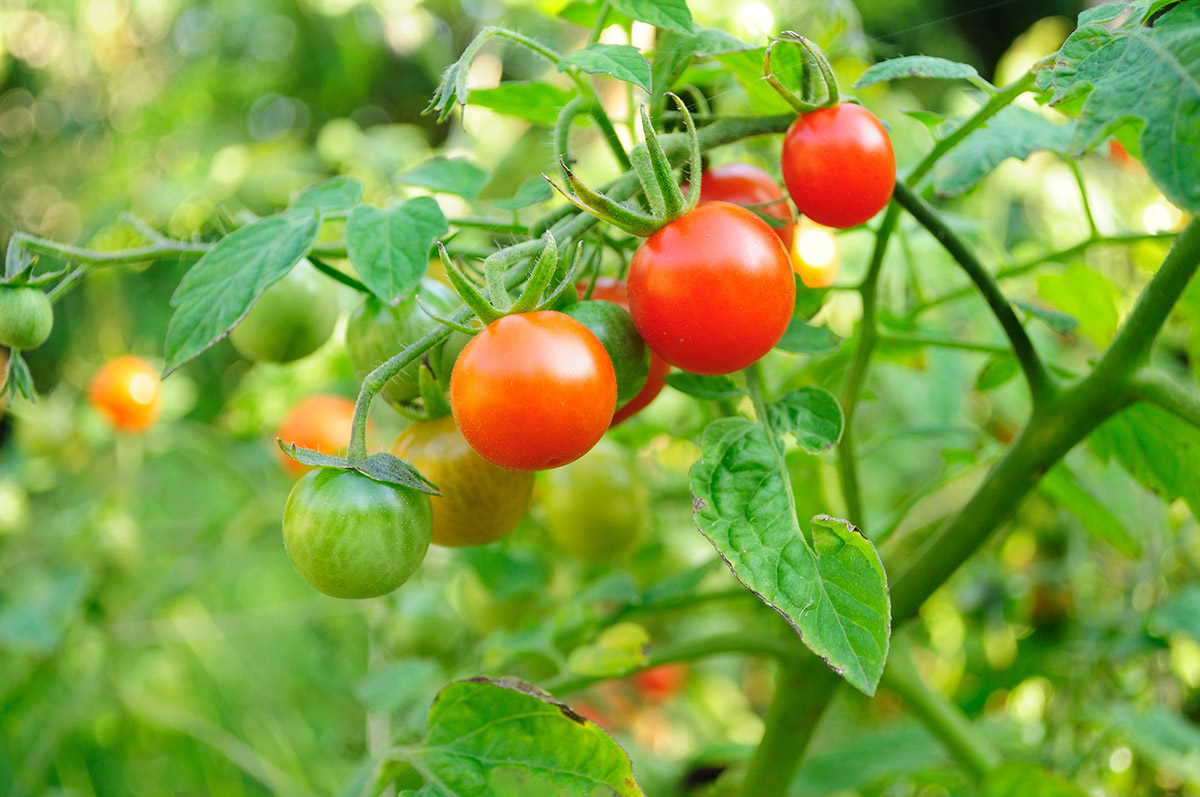
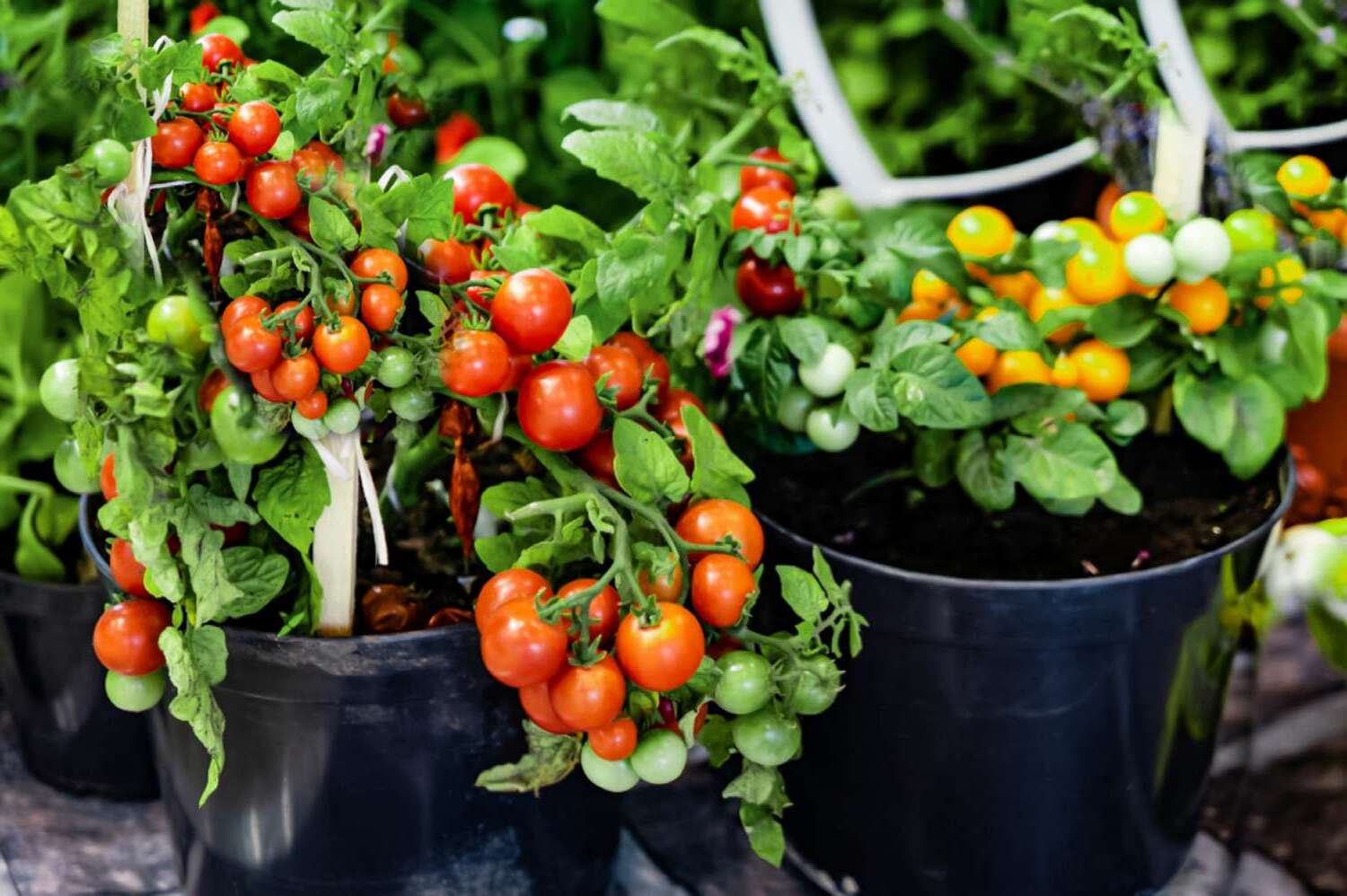

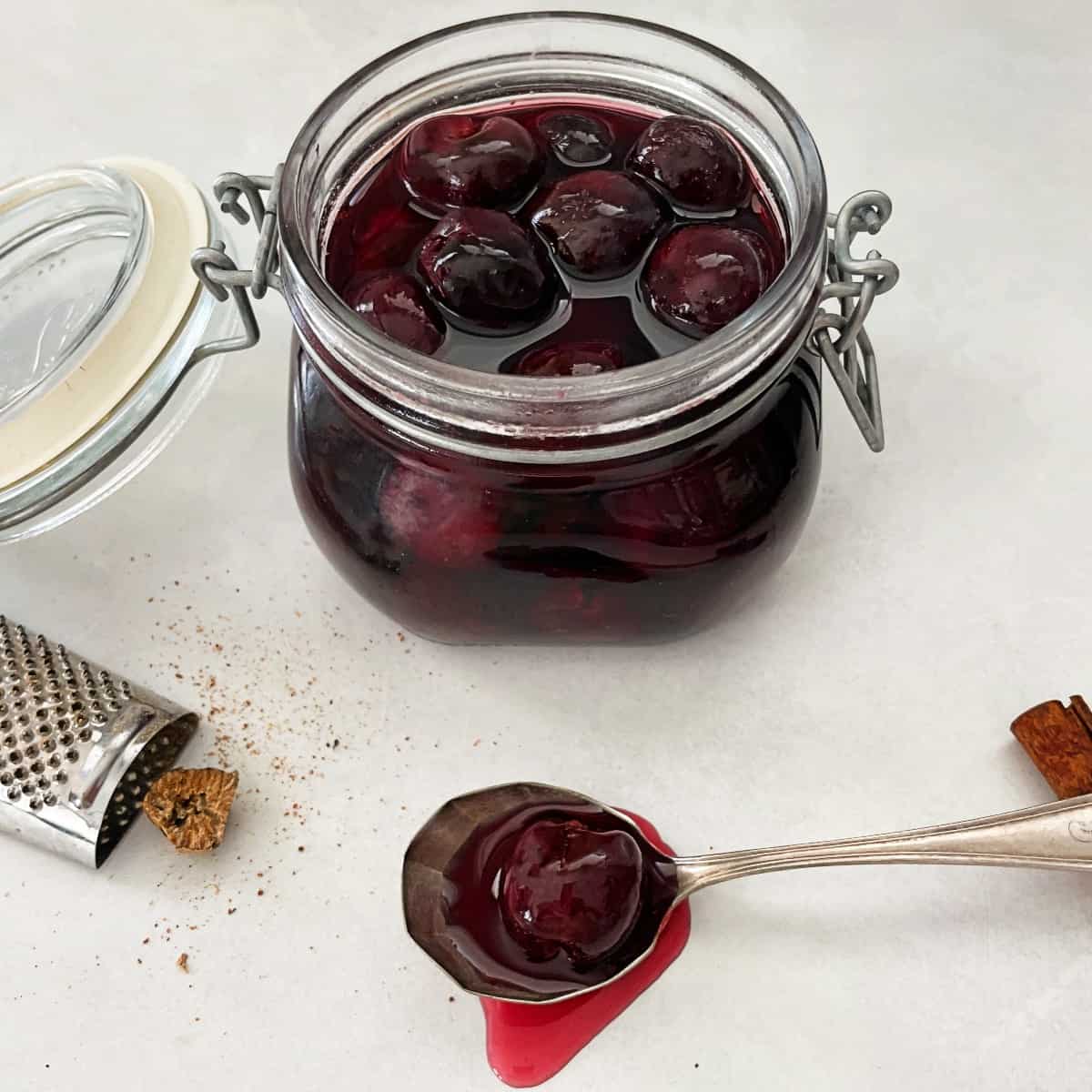
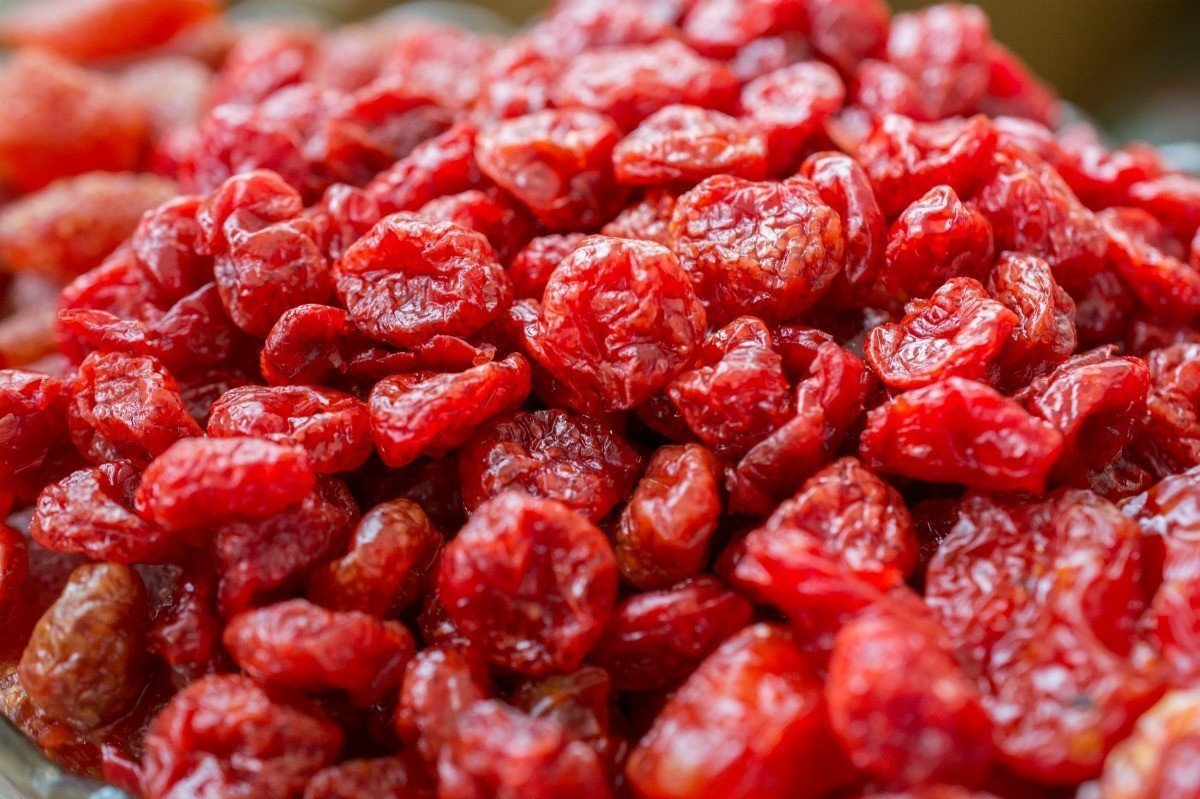
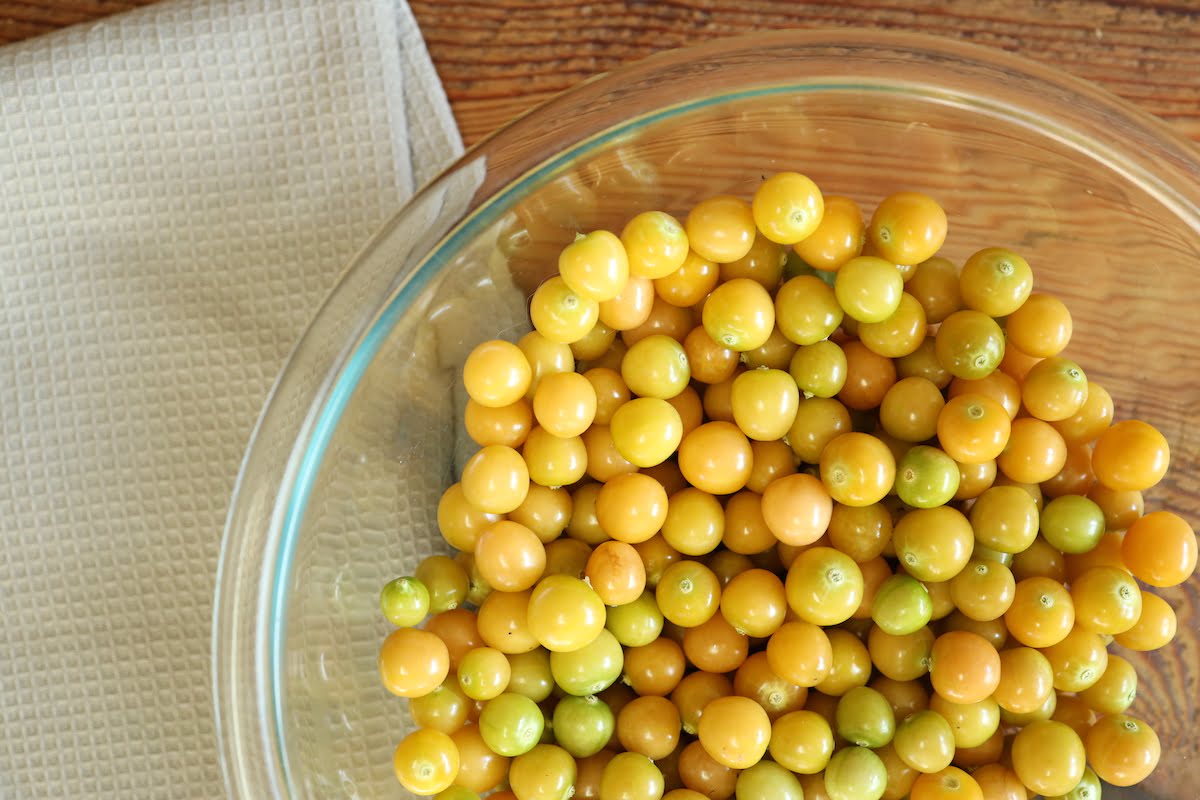
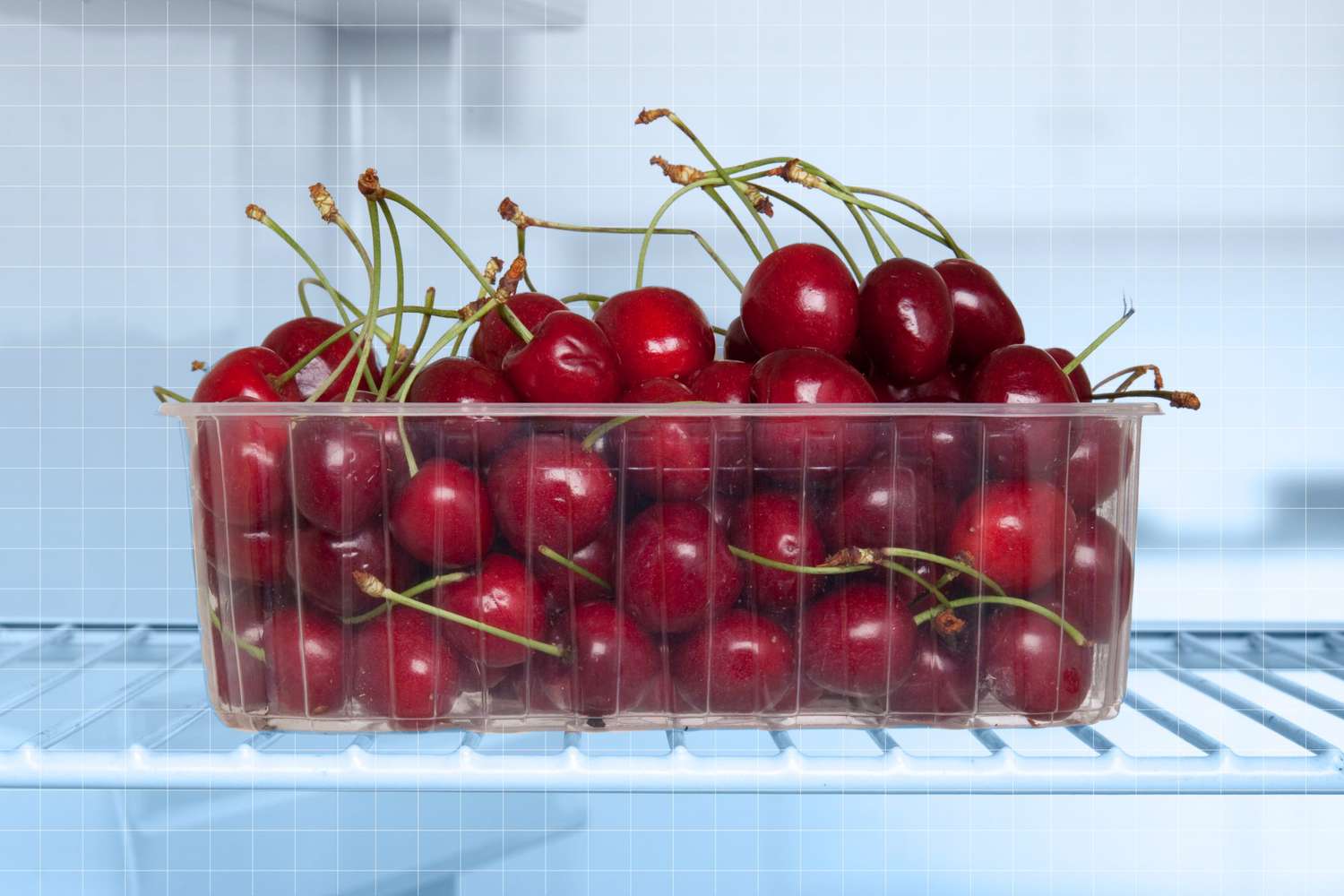
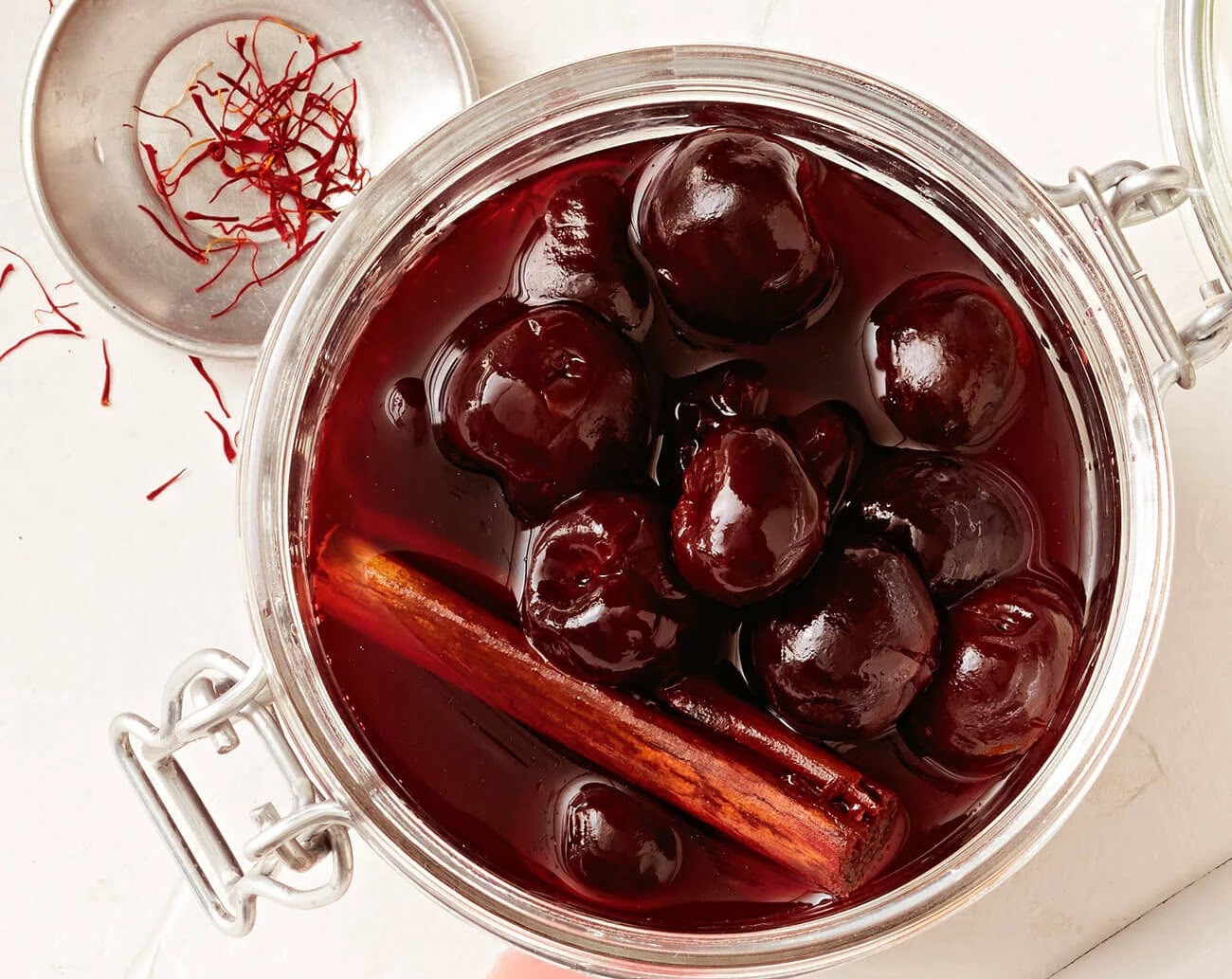
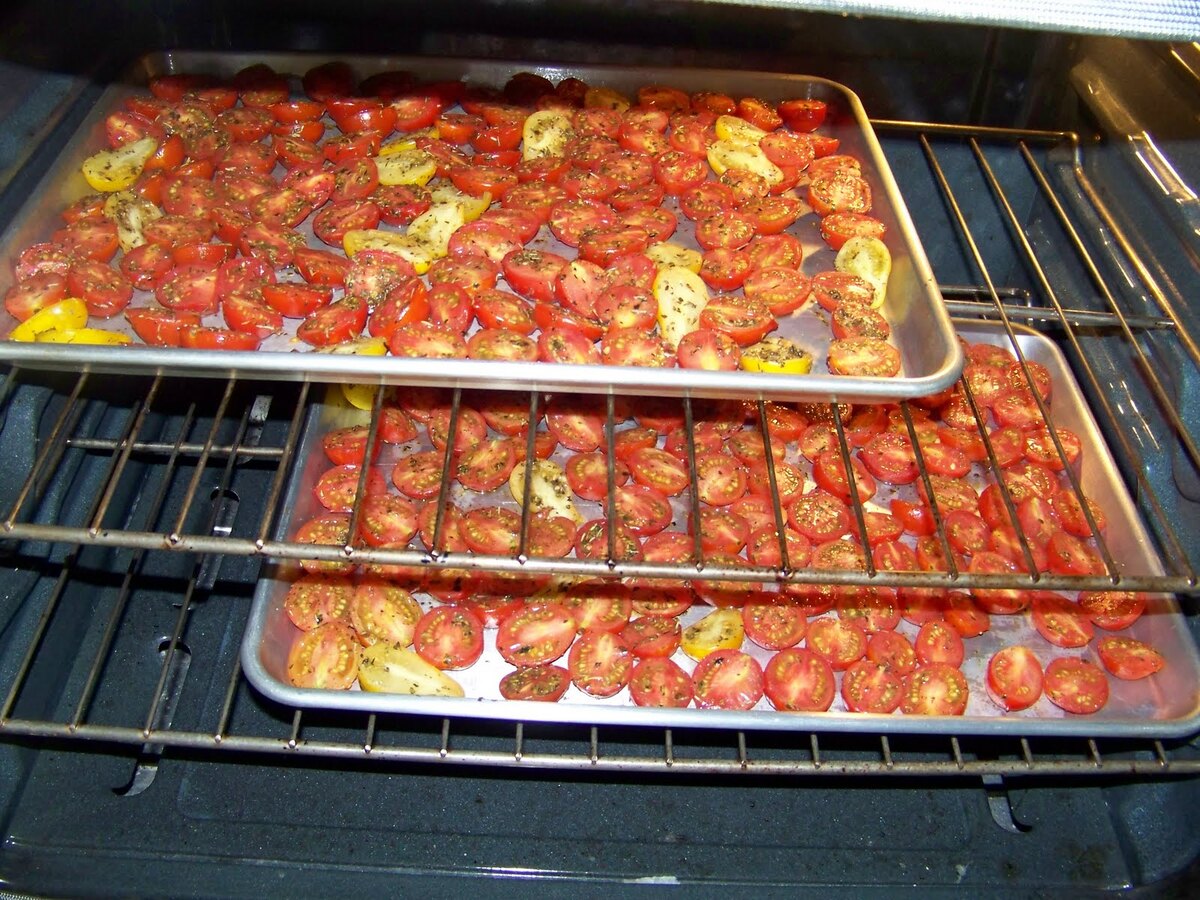


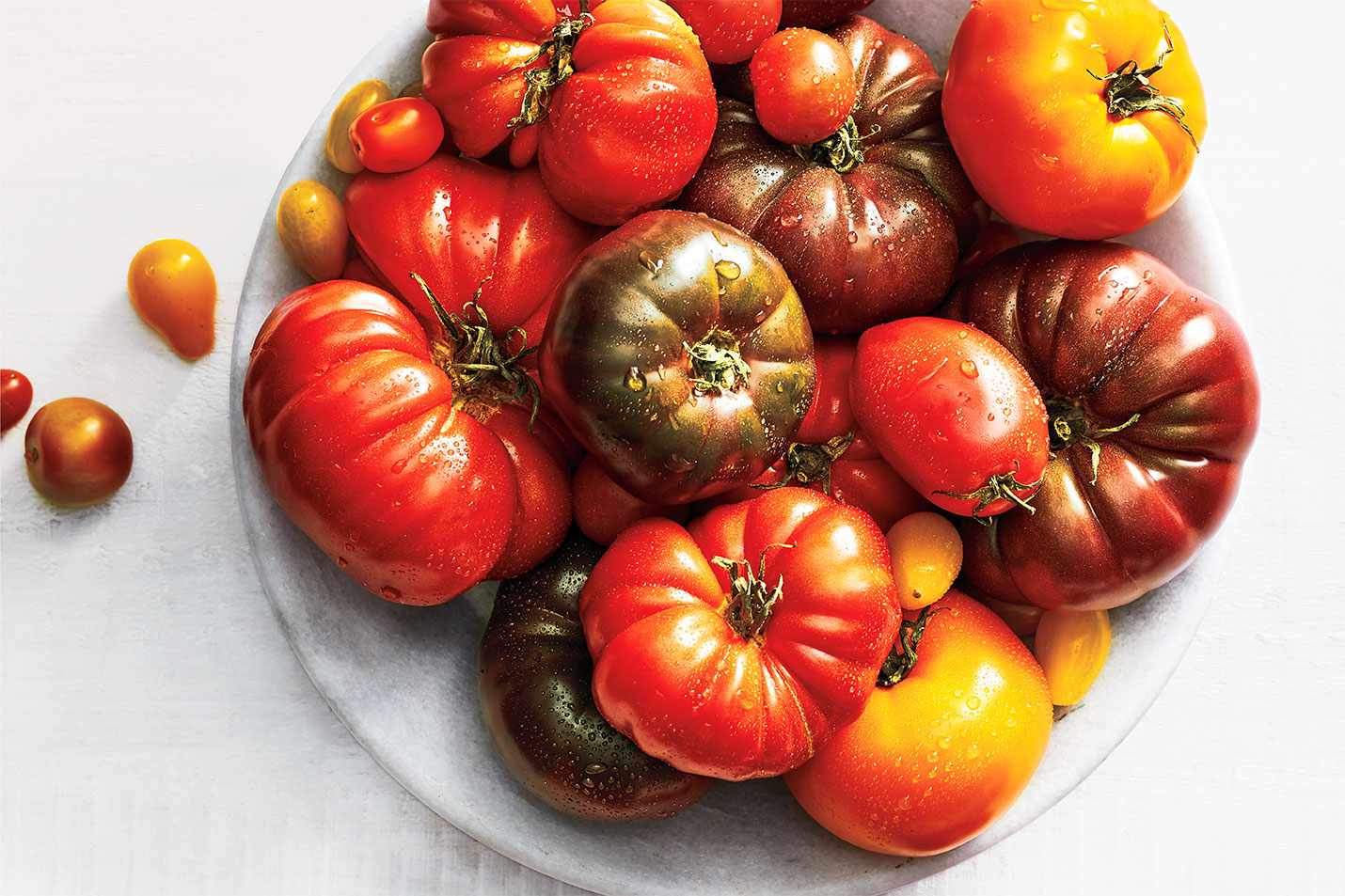
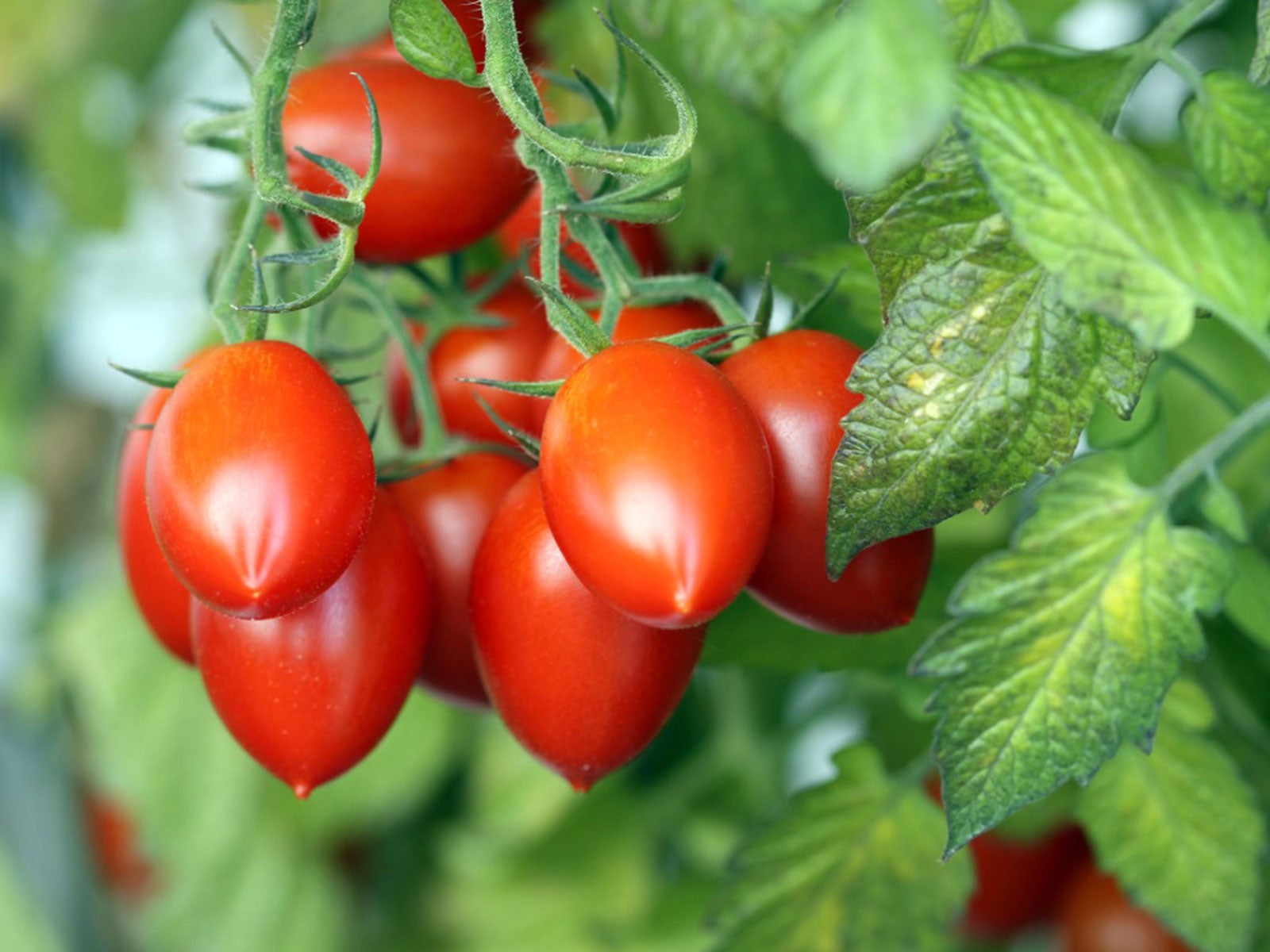
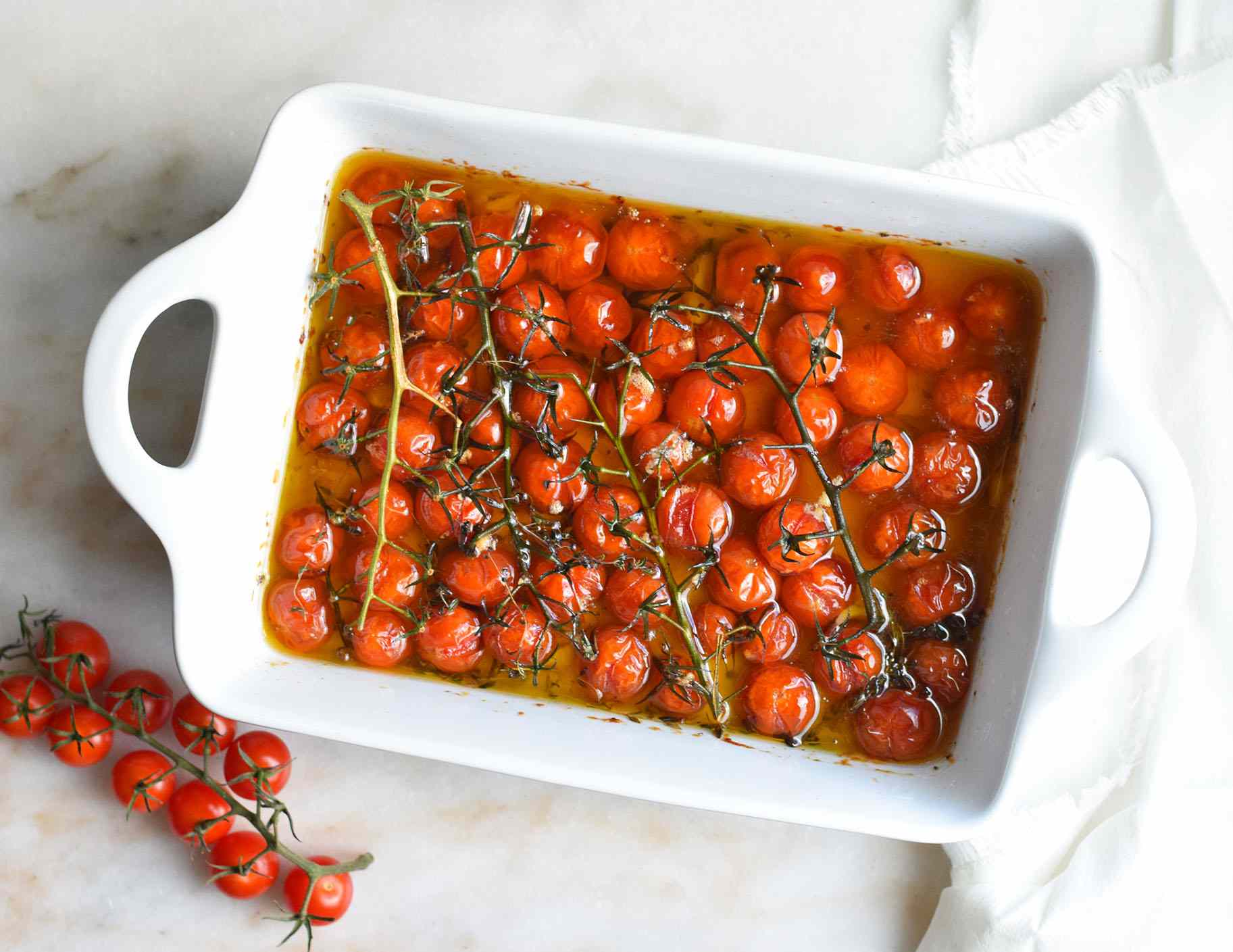

0 thoughts on “How To Store Fresh Cherry Tomatoes”